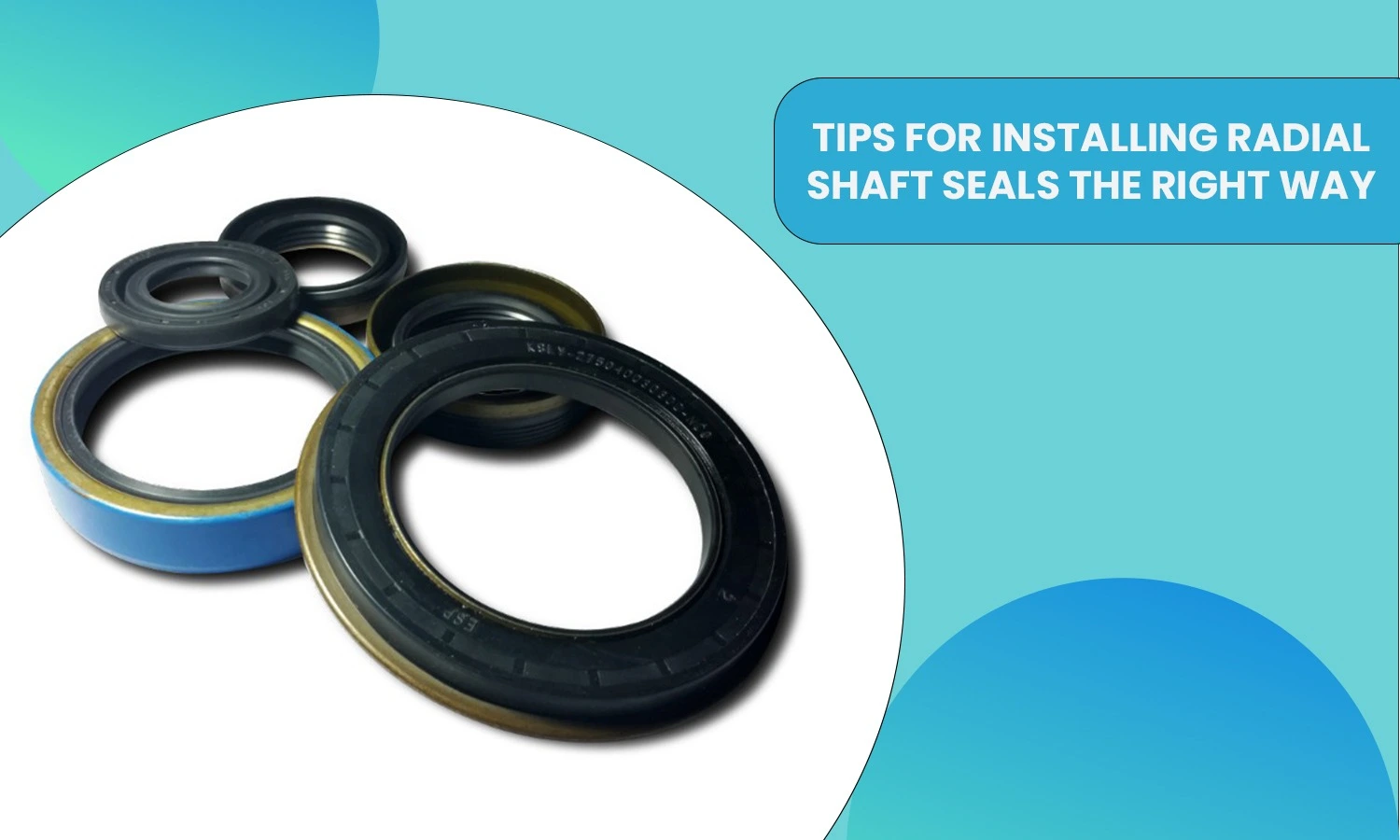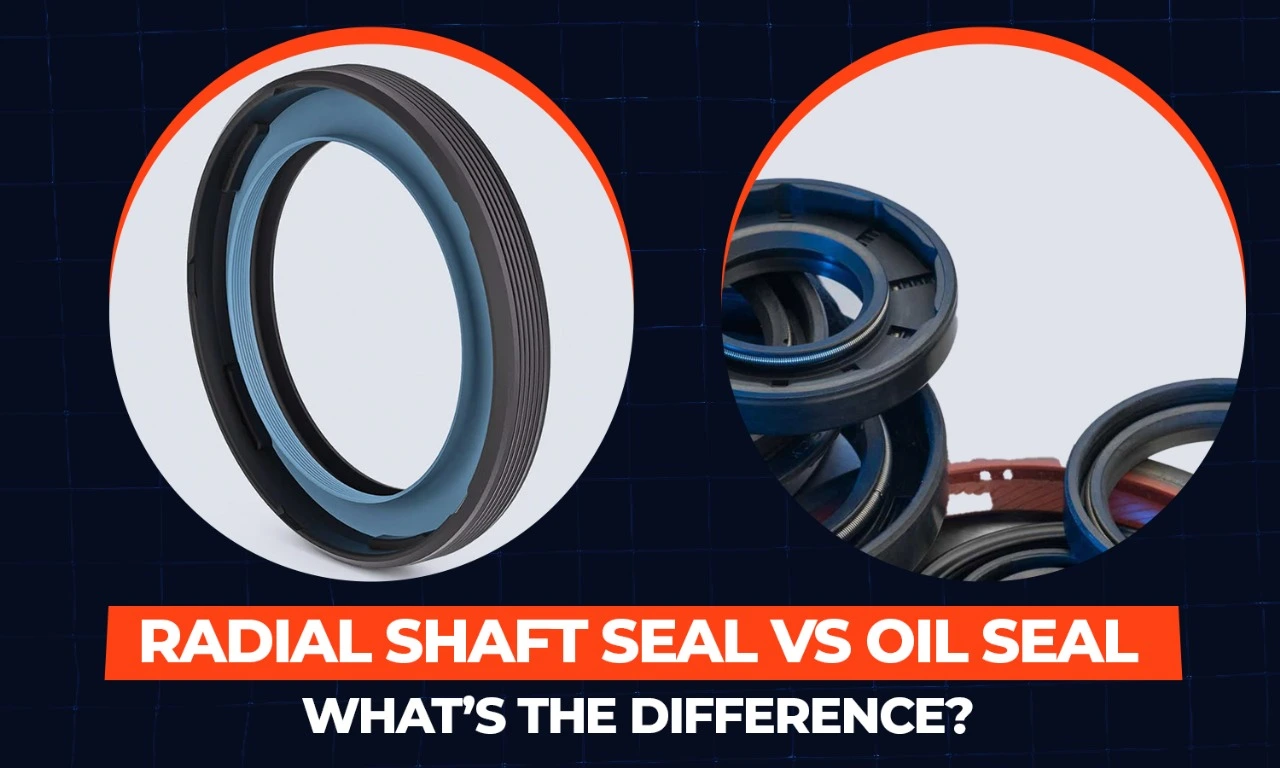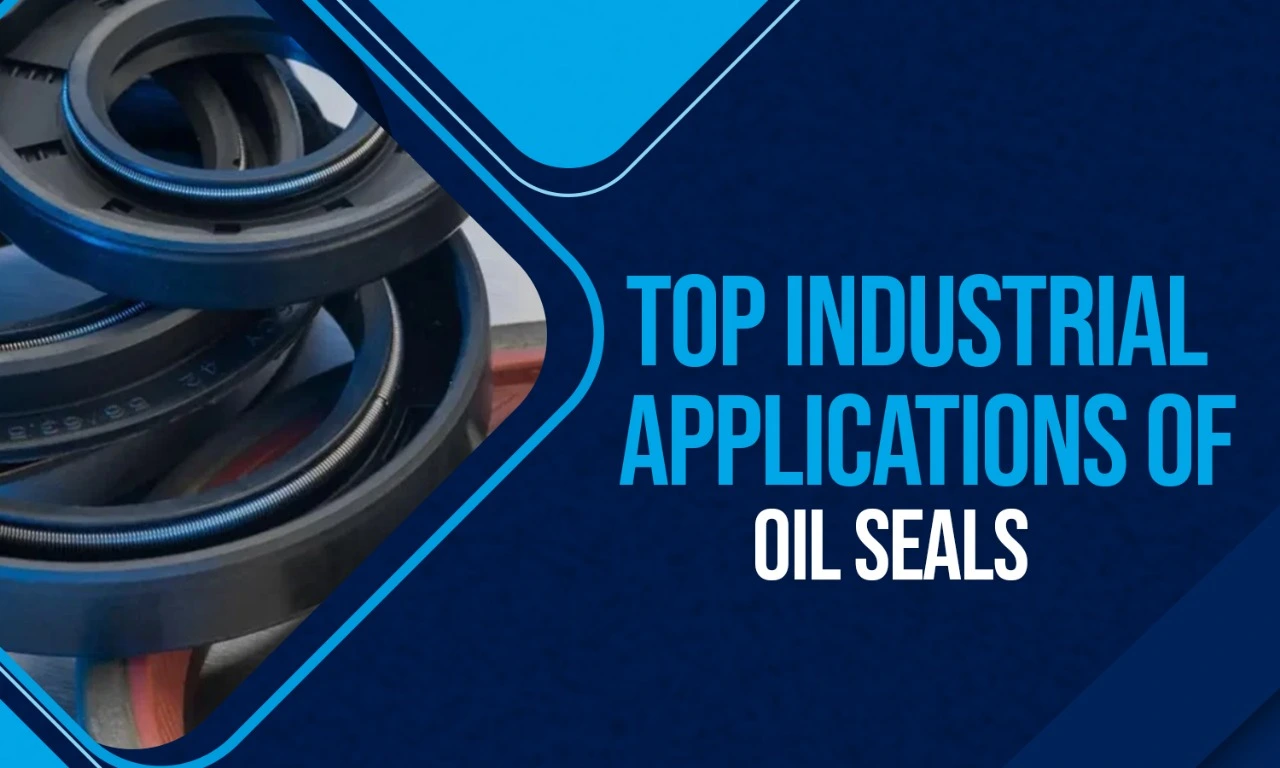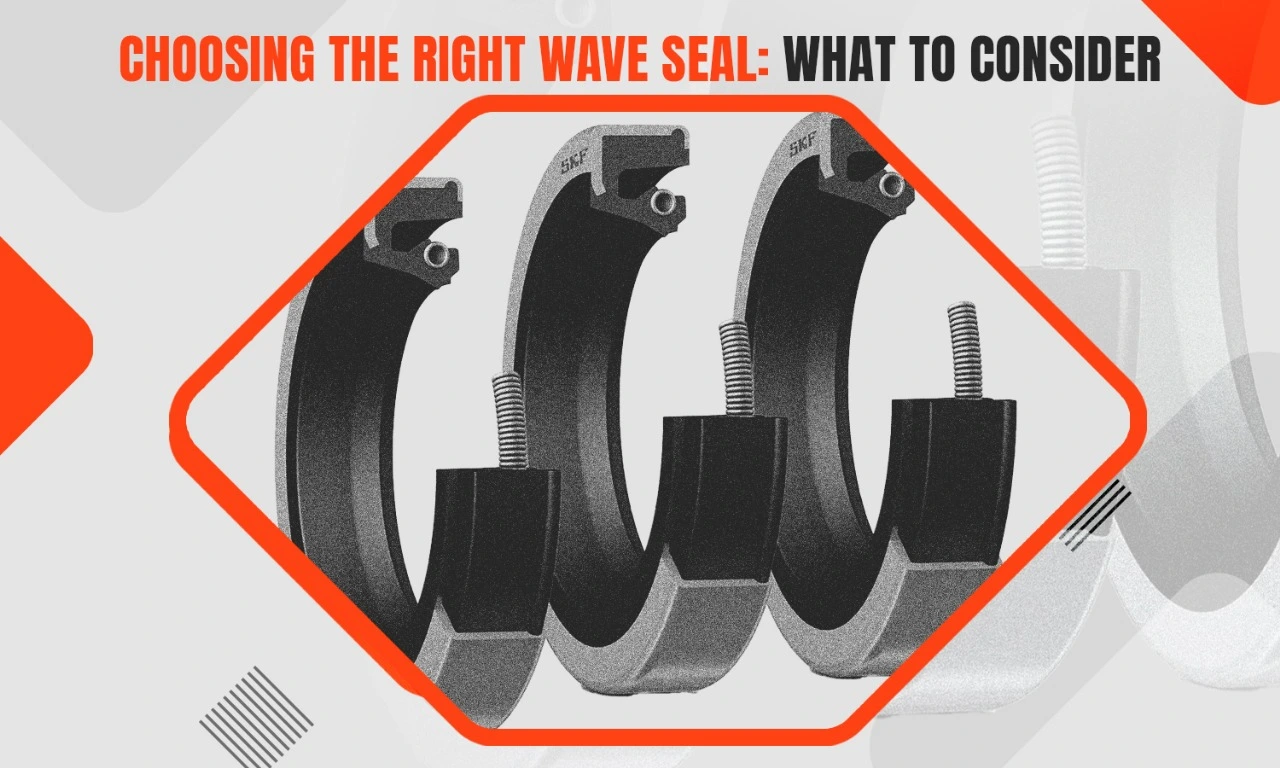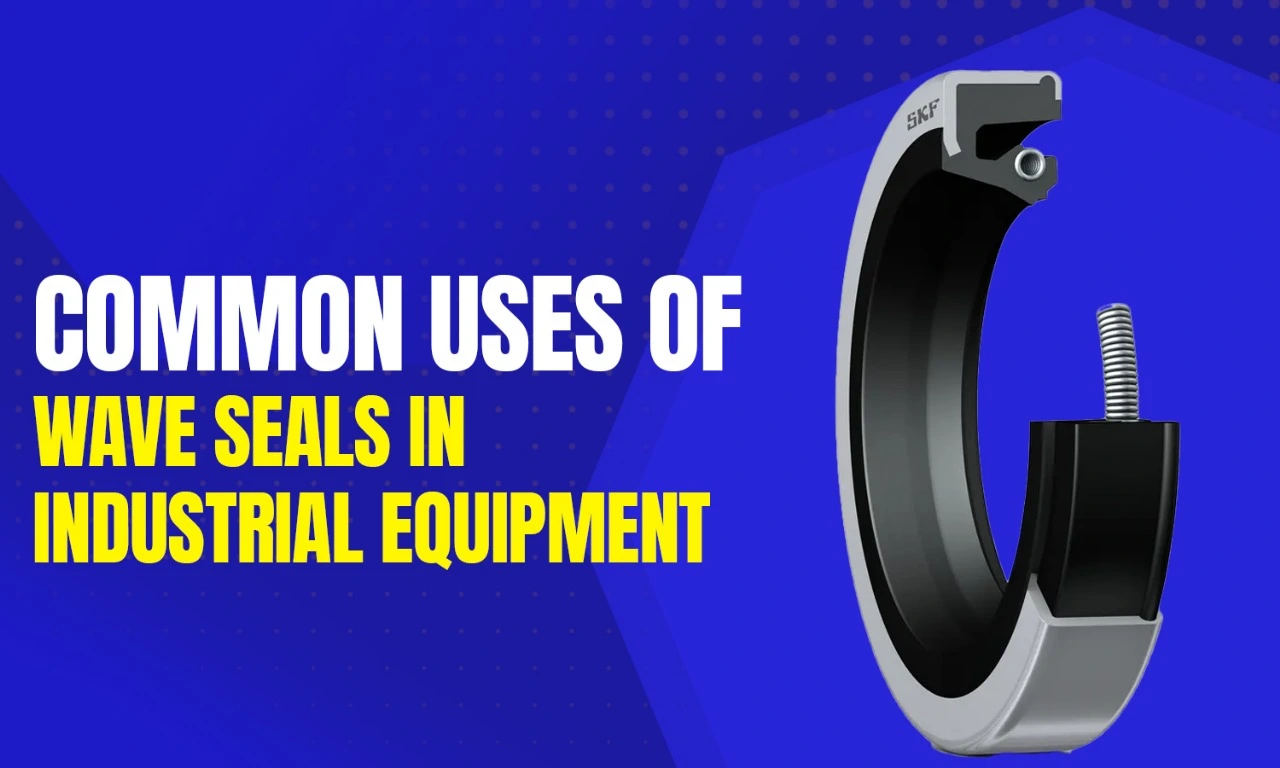In electrical environments, safety isn’t optional—it’s mandatory. One overlooked safety essential is the electrical insulation mat, a powerful first line of defense against electric shocks. Whether you’re outfitting a substation, control room, or industrial site, investing in high quality electrical mats ensures long-term protection, performance, and compliance.
Let’s walk through the five most important features that define top-grade electrical rubber mats so you can choose the right one for your facility. These high quality electrical mats are essential tools in every electrical safety kit.

1. High Dielectric Strength
The primary purpose of an electrical insulation mat is to provide resistance to high voltage. A high quality electrical mat should have a high dielectric strength—the ability to withstand high electric potential without breaking down.
- Mat should meet or exceed the voltage ratings applicable to your site
- Ideal for use with high voltage insulation mats, especially in substations or panels
- Tested under AC and DC electrical stress conditions
2. Non-Conductive & Insulating Material
A good mat must be completely non-conductive and made of reliable rubber insulating materials. Materials like elastomer-based electrical insulation rubber mats are commonly used due to their durability and low conductivity.
- Insulates the floor from ground faults
- Ensures safety when working on live panels
- Prevents accidental grounding via footwear
Choose materials that don’t degrade quickly under current flow or external conditions. The best high quality electrical mats always feature premium-grade compounds that retain performance over time.
3. Anti-Skid & Slip-Resistant Surface
Safety doesn’t stop with electrical resistance. Your mat should also be safe to walk and stand on, especially in areas prone to moisture or oil.
- Anti-skid texture prevents slips during maintenance
- Many electrical safety mats come with a ribbed surface for extra grip
- Avoids workplace accidents, especially in fast-paced industrial areas
4. Resistance to Oil, Chemicals & Moisture
Industrial areas often have exposure to harsh chemicals and moisture, which can deteriorate mats. A high voltage rubber mat with chemical resistance will maintain its insulation and structure longer.
- Resistant to transformer oils, acids, and other chemicals
- Moisture resistance avoids conductivity or mat swelling
- Promotes longevity and easy cleaning
5. Compliance with International Standards
Finally, always check for industry compliance. Your mat should meet IS 15652, ASTM D178, or IEC 61111 depending on your region and usage.
Certified mats offer verifiable protection levels
Ensure your electrical safety floor mats meet or exceed site audit criteria
Quality manufacturers provide batch-wise test reports and compliance documents
Without proper certification, the mat’s performance is not guaranteed—especially in life-threatening conditions. Trust only high quality electrical mats with globally accepted certifications.
Conclusion
Choosing the right high quality electrical mats means investing in safety, durability, and compliance. Don’t compromise—look for dielectric strength, slip resistance, chemical protection, and global standards. DeePee Rubber’s range of electrical insulation mats and electrical safety matting checks every box, offering peace of mind for any electrical workspace.
Frequently Asked Questions (FAQs)
Look for voltage test ratings, IS or ASTM certification marks, and check surface condition for wear or damage.
Whenever working near electrical panels, live switchboards, substations, or high-voltage equipment.
They protect technicians from shock during electrical faults or when working with live current-carrying parts.



